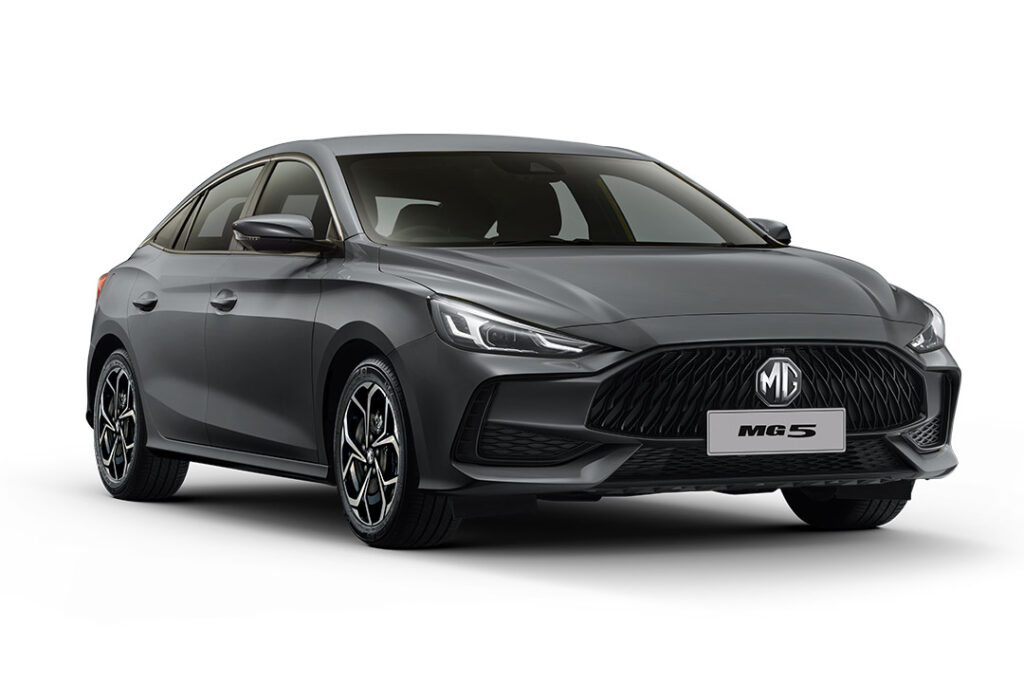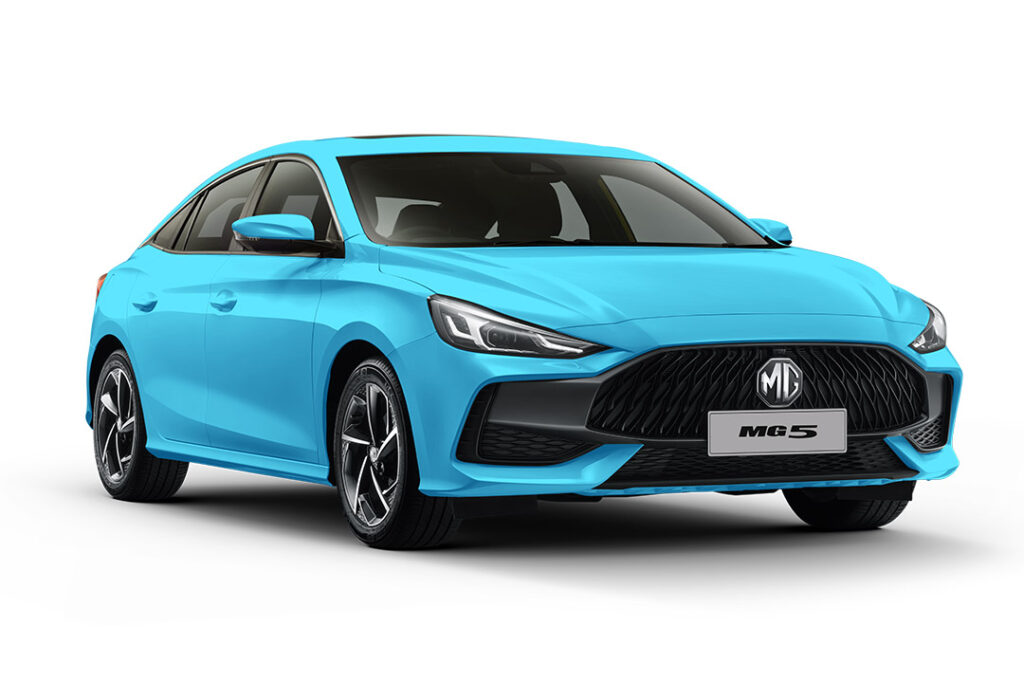
Have you been searching for a detailed and comprehensive guide on the MG 5 wheel specs, lug nut torque specs, tire size, and tire pressure for different trims and generations? Look no further, you’ve found the ultimate resource. In this blog post, we’re going to dive into the nitty-gritty of these key aspects that are often overlooked but extremely crucial for the optimal performance of your vehicle. Buckle up, it’s going to be quite a ride!
The MG 5 is a compact car designed and produced by SAIC Motor under the MG brand. It’s lauded for its sleek design, impressive features, and most importantly, its commitment to safety and performance. Over the years, the MG 5 has seen several improvements across its trims and generations, keeping it a consistent favorite among car enthusiasts worldwide.
Contents
Wheel Specs and Lug Nut Torque Specs
One of the essential factors influencing the handling and ride quality of a vehicle is the wheel specifications. Here, we’ll discuss the MG 5’s wheel specs, including bolt pattern, wheel size, and lug nut torque specs, across different generations.
1st Generation (2012-2018)
| Trim | Wheel Size | Bolt Pattern | Lug Nut Torque |
|---|---|---|---|
| Base | 15×6.5″ | 4x100mm | 80-90 ft.lbs. |
| Comfort | 16×6.5″ | 4x100mm | 80-90 ft.lbs. |
| Luxury | 16×6.5″ | 4x100mm | 80-90 ft.lbs. |
2nd Generation (2018-Present)
| Trim | Wheel Size | Bolt Pattern | Lug Nut Torque |
|---|---|---|---|
| Base | 16×6.5″ | 5x112mm | 90-100 ft.lbs. |
| Comfort | 17×7″ | 5x112mm | 90-100 ft.lbs. |
| Luxury | 17×7″ | 5x112mm | 90-100 ft.lbs. |

Tire Size and Pressure
Choosing the correct tire size and maintaining the appropriate tire pressure are fundamental to achieving excellent road grip, tire longevity, fuel efficiency, and ultimately, a safe driving experience. Let’s explore the tire size and recommended tire pressure for MG 5 across different generations and trims.
1st Generation (2012-2018)
| Trim | Tire Size | Recommended Tire Pressure (psi) |
|---|---|---|
| Base | 185/65R15 | 32 |
| Comfort | 195/60R16 | 32 |
| Luxury | 195/60R16 | 32 |
2nd Generation (2018-Present)
| Trim | Tire Size | Recommended Tire Pressure (psi) |
|---|---|---|
| Base | 205/55R16 | 33 |
| Comfort | 215/50R17 | 33 |
| Luxury | 215/50R17 | 33 |
Importance of Correct Wheel and Tire Specs
Ensuring that your vehicle is equipped with the correct wheel and tire specifications is not just a matter of aesthetics or performance – it’s a matter of safety. Here are a few reasons why:
- Handling: The right specs can drastically improve how your car handles on the road. This is especially critical when driving at high speeds or in challenging weather conditions.
- Fuel Efficiency: Your vehicle’s fuel efficiency can be impacted by the wheel and tire specs. Incorrect tire pressure can lead to increased friction and, consequently, higher fuel consumption.
- Tire Lifespan: Correct specs and regular maintenance can increase the lifespan of your tires, saving you from frequent replacement costs.
- Safety: Last but definitely not least, the correct specs are essential for the safety of your vehicle. Inaccurate specs can lead to poor vehicle control and increased risk of accidents.
How to Maintain Your Wheels and Tires
Maintaining your wheels and tires is not a difficult task, and a little attention can go a long way in extending their life and enhancing your vehicle’s performance. Here are some tips:
- Check Tire Pressure Regularly: Tire pressure should be checked at least once a month. Remember, tire pressure can decrease due to a drop in temperature or a slow leak, and it can increase due to high temperatures.
- Rotate Your Tires: Tires should be rotated every 5,000 to 8,000 miles. This helps to ensure even wear and extend the life of your tires.
- Inspect Your Tires: Regularly check your tires for signs of damage, such as cuts, punctures, or bulges. Also, look for uneven wear, as it can indicate a need for wheel alignment or tire balance.
- Don’t Overload Your Vehicle: Overloading puts unnecessary stress on your tires, which can lead to damage and increased wear. Always adhere to your vehicle’s maximum load capacity.
